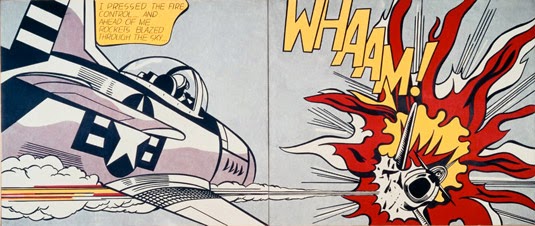Born in August 1962, in Bregenz, Austria, Stefan Sagmeister is currently a New York-based graphic designer and lettering artist. Sagmeister co-founded a design firm called Sagmeister & Walsh Inc. with Jessica Walsh in New York City.
A bit about his past:
• Studied gaphic design at the University of Applied Arts in Vienna.
• Received a scholarship to study at the Pratt Institute with took him to New York.
• Later moved to Hong Kong to work with Leo Burnett’s Hong Kong Design Group.
• Later returned to New York to work with Tibor Kalman's M&Co design company.
• Shortly after worked Colours magazine for the Benetton Group in Treviso, Italy.
And set up his New York based company in 1993. Since then he has been designing branding, graphics, and packaging for clients as diverse as the Rolling Stones, HBO, the Guggenheim Museum and Time Warner.
His motto is "Design that needed guts from the creator and still carries the ghost of these guts in the final execution."Sagmeister goes on a one year long vacation around every seven years, where he does not take work from clients.
Sagmeisters work is ingrained in disorienting images and self defining clichés. He can flip into any role with effortless ease. From graphic designer to conceptual typographer to a performance artist just as his mood calls, thus taking him through a cycle which commences the beginning to concept transformation.
He is most known for the shock event poster which was carved into his naked flesh which was used for the AIGA lecture in 1999. In 2003 he exhibited a poster called “Sagmeister on a binge” where he took on eating 100 different junk foods which gained him about 25 pounds and took the “before” and “after” pictures of his body. Using the daily news paper as proof the current date he was at.
Stefan Sagmeister has created some very catchy designs for clients including those for the Rolling Stones and Lou Reed, however he is not one of those mainstream commercial hire designers one can easily get to. Having said that, whatever he gets involved with, he is sure to pour his entire heart and soul into every piece of work.
And every design he works on feels timeless for the moment and his painstaking attention to the smallest details creates work that offers something new every time one looks at it.
Bibliography
Heller, S. (2015). Medalist Stefan Sagmeister. Retrieved Jan 29, 2015, from AIGA: http://www.aiga.org/medalist-stefan-sagmeister/
Speaker, T. (2015). Stefan Sagmeister 7 rules for making more happiness. Retrieved Jan 29, 2015, from TED: http://www.ted.com/speakers/stefan_sagmeister
Wikipedia, t. f. (2014, oct 22). Stefan Sagmeister. Retrieved January 2015, 29, from Wikimedia Foundation, Inc: http://en.wikipedia.org/wiki/Stefan_Sagmeister





















































